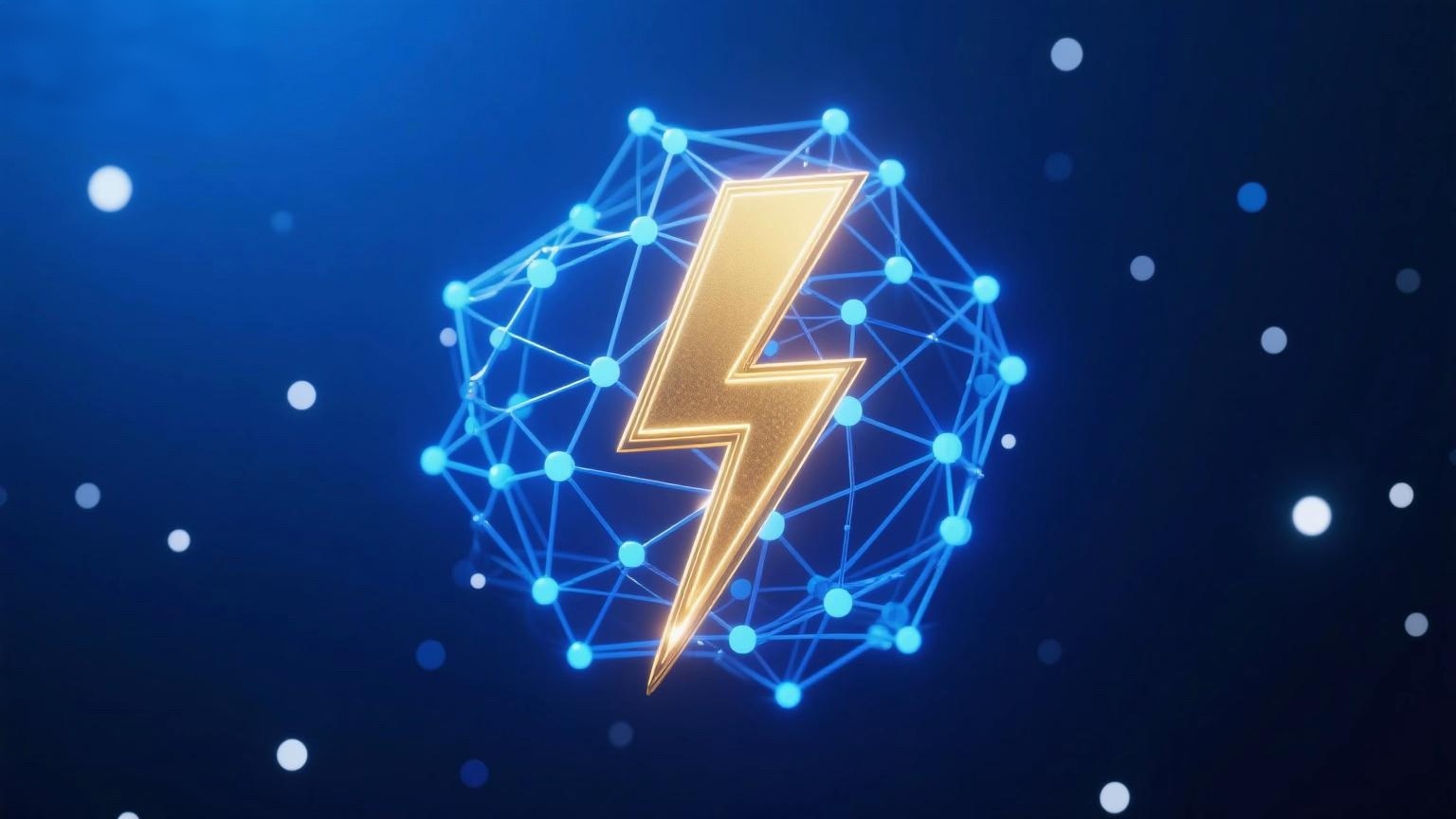
The Lightning Network is a technology first proposed in a white paper in 2015 by Joseph Poon and Thaddeus Dryja to address Bitcoin transaction congestion.
The origin of this technology stems from an issue left over from Bitcoin's early days. When Bitcoin was initially designed, each block was only 1MB in size, capable of recording just over a thousand transactions. However, as Bitcoin gained popularity and more people began using it, the increasing transaction volume made this capacity insufficient, leading to Bitcoin transaction congestion. To solve this problem, the Bitcoin community proposed two solutions: one was to increase Bitcoin's block size, and the other was to avoid scaling—the Lightning Network falls under the latter approach.
The idea behind the Lightning Network is to add an additional layer of sidechains on top of the Bitcoin blockchain, allowing users to establish payment channels with others on this extra layer. Some transactions are then processed through these channels, diverting traffic away from the main chain.
Here’s how it works: For example, if we want to make transactions, we can set up a payment channel between us off-chain. We first deposit funds into a wallet account within this channel, which can only be accessed with the confirmation of both parties' private keys. This wallet serves as a record of asset balances.
Afterward, we can conduct unlimited transactions between us. Each transaction is recorded in this ledger through a smart contract-like function, essentially reallocating the funds in our shared wallet. When we no longer wish to transact, we can close the payment channel and submit the final allocation of funds resulting from our series of transactions back to the main chain, where it is broadcast and recorded on-chain.
This approach effectively creates a sidechain for Bitcoin, where the main chain only records the final allocation, while intermediate transactions are handled by the Lightning Network. This reduces the load on the main chain, naturally solving the congestion issue. Additionally, since all transactions within the channel occur off-chain and are executed via smart contracts without requiring full network confirmation, transaction efficiency between users is significantly improved.
Beyond this, the Lightning Network also enables cross-chain functionality using the hash locking mechanism mentioned in our previous lesson. Both chains involved must support the Lightning Network, temporarily holding assets in a channel's escrow account. Hash locking technology is then used to secure both parties' assets.
For example, if A wants to exchange assets with B, the protocol first locks A's funds and asks B to provide a passphrase. If the hash of this passphrase matches a pre-agreed value, the funds are unlocked to B; otherwise, they are returned to A unchanged. This ensures that assets on different chains can be settled simultaneously, enabling cross-chain value transfer.
In summary, the Lightning Network is currently a mainstream solution for scalability and interoperability issues. It is not only applicable to Bitcoin but also to other projects. As the Lightning Network continues to be implemented, we can look forward to truly enjoying blockchain-level security and convenience in the future.
















